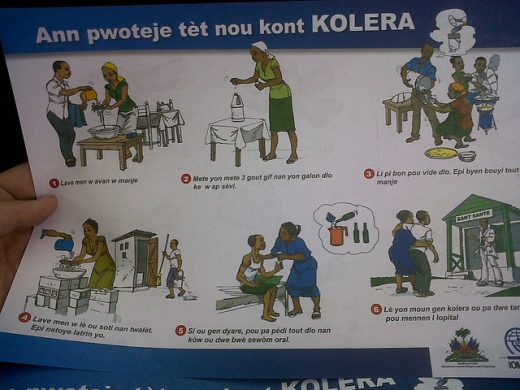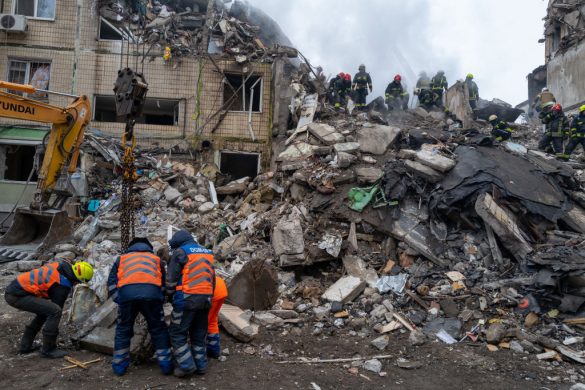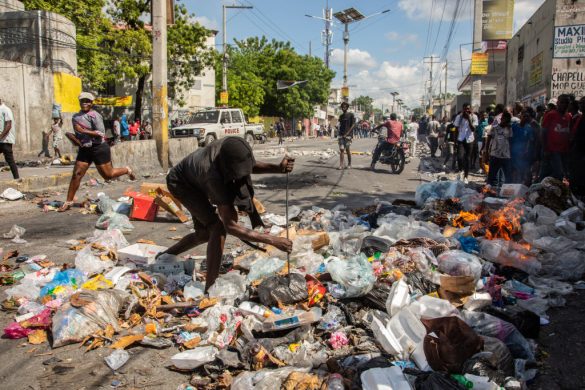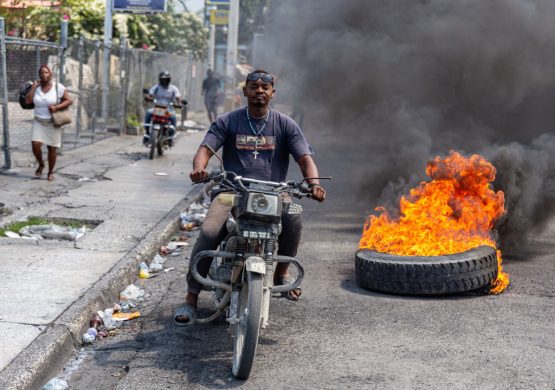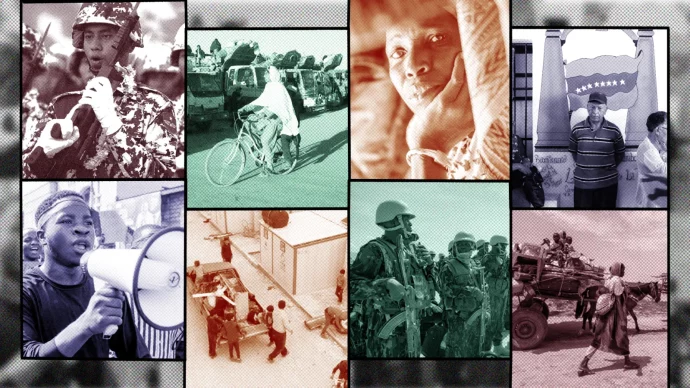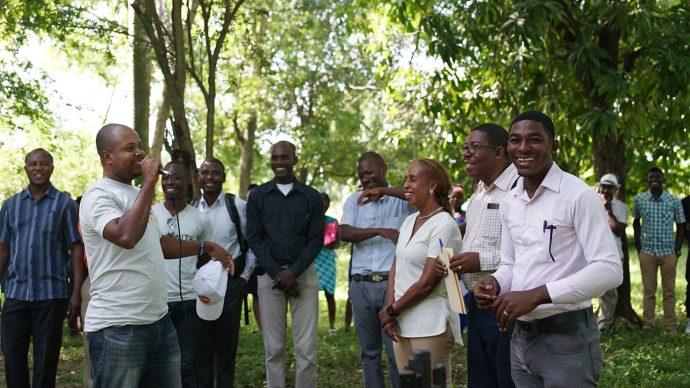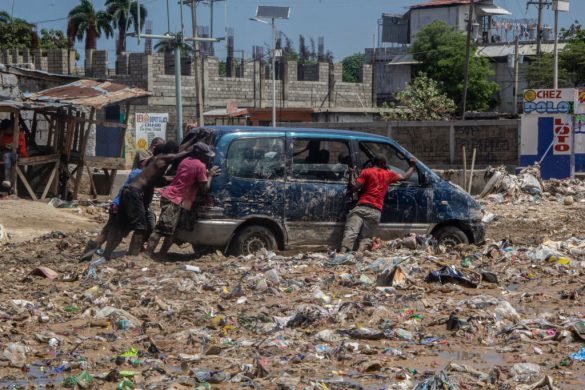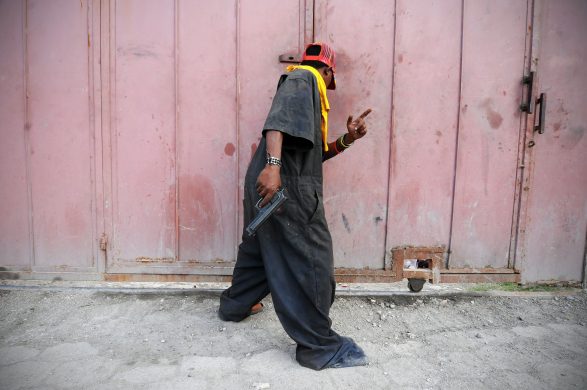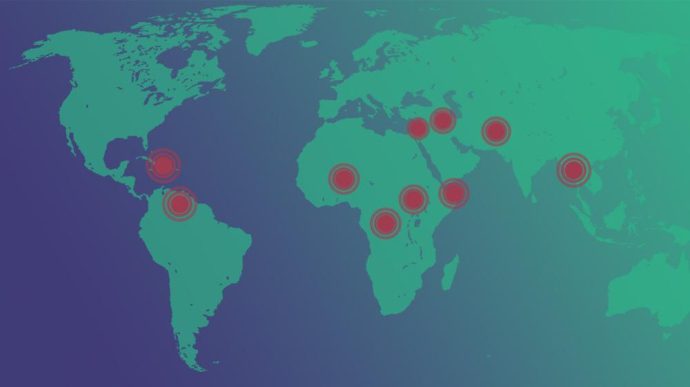GENEVA, 14 May 2015 (UN News): The cholera outbreak in Haiti remains the largest in recent world history, according to the United Nations official coordinating the Organization’s cholera response in the country, yet the health crisis has fallen off the international agenda after having ceased appearing in the media.
“When cooperation funds dry up, the response teams on the ground no longer have resources to adequately respond to alerts, treat patients and prevent further deaths,” wrote Pedro Medrano Rojas, the Senior Coordinator for the Cholera Response in Haiti, in an opinion piece published in Wiener Zeitung.
Mr. Medrano said the epidemic has caused 9,000 deaths and affected more than 735,000 people since October 2010 when the outbreak began in the aftermath of the earthquake.
“Engraved in our memories are dreadful images of dilapidated buildings and people trying to survive in the midst of the disaster,” he said. “And we can also remember the outstanding international mobilization, committed both to reconstructing the country and fighting the cholera epidemic that emerged months later.”
Læs også: FN anklaget for kolera i Haiti og Kolerasyge haitianere sagsøger FN (på U-landsnyt.dk)
Forståeligt at fokus nu er på Nepal
He said it was understandable that television cameras were now in Nepal, where an earthquake similar to the one in Haiti had occurred.
“But we cannot forget cholera,” he said. “The cholera epidemic in Haiti is still a humanitarian emergency that requires urgent attention. How would we react if any other country forecasted 28,000 cases of cholera for 2015?”
That World Health Organization (WHO) forecast could be even worse if efforts were not made to correct the course and Mr. Medrano said the latest UN cholera fact sheet revealed that the situation is going through its worst moment in the last three years.
Kraftig stigning i sygdomstilfælde
Heavy rains in September 2014 combined with the lack of resources for an appropriate response reversed previous declines, he said, adding that since then Cholera cases “skyrocketed” from approximately a thousand per month to nearly a thousand per week, with 113 people dying between January and March.
“Despite the alarming situation and the worrying estimates for 2015, the cholera epidemic has fallen off the radar of most donors,” Mr. Medrano said. “The lack of resources has already led to the closure of 91 of the 250 treatment centres in the country and has caused the departure of many international partners from the country.”
Nemt at behandle
He said the humanitarian community needed $36 million to secure the response capacity and he stressed that the disease was “easily treatable” through antibiotics and hydration.
“No one should die from cholera in the twenty-first century,” Mr. Medrano continued. “But Haiti is at a disadvantage, as the poorest country in Latin America and one of the poorest in the entire world. Its health system is very limited and its national sanitation system barely covers one in every four people.”
He pointed to the many positive results in Haiti stemming from international cooperation, including a huge drop in the number of displaced persons, an 88 per cent increase in primary school attendance and the reaching of the Millennium Development Goals (MDGs) on underweight children in 2012.
“Cholera in Haiti can be eliminated,” he said. “We have the strategies, roadmaps and coordination mechanisms with the Government in place to do so. What we need now is a stronger commitment of the international cooperation. Stopping our support now will risk losing everything.”

